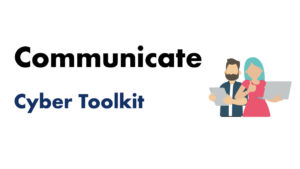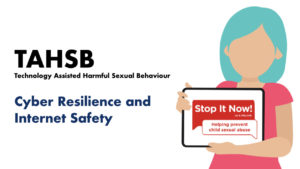Unwelcome friend/follow requests or messages (20%) and unwanted sexual messages (8%) account for 28% of the potential risks encountered by UK internet users aged 13+ (Ofcom, 2022). Understanding how the platform works can help children and young people reduce the likelihood of this potential risk by managing who can and cannot contact them.
Trolling (15%) and bullying, abusive behaviour or threats (8%) account for 23% of the potential risks encountered by UK internet users aged 13+ (Ofcom, 2022). Understanding how the platform works can help children and young people reduce the likelihood of this potential risk by managing whose messages and posts they see, and how to mute or block people who may be trolling, bullying or abusing them.
Technology-assisted harmful sexual behaviour (TA-HSB) is when children and young people use the internet or other technology to engage in sexual activity that may be harmful to themselves and others. TA-HSB covers a range of behaviour including:
- the developmentally inappropriate use of pornography
- online sexual abuse
- grooming
- sexting






You must be logged in to post a comment.